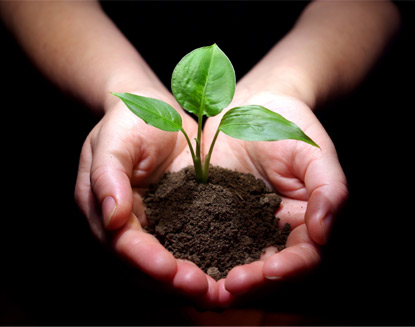'All Geographers do is colour in'....'Geographer's love Crayola'...'It's all about the colouring pencils'....
In a five part series, exclusively for Geography with Dan, Daniel discusses how colour should be treated seriously within the subject. Each week, he selects a colour that helps to shape the planet we live on today, and studies that colour from a distinctively geographical perspective.
In this the final part of the series, he focuses on all things Brown and argues that this colour is instrumental for a subject such as Geography.
***
I hope, if anything, this series has enlightened those who have for so many years considered the subject of Geography to merely bobble up and down on the surface of philosophical thought and instead realise that it is an active study immersed with deep meanings and complex ideas. For those who regard Geography to be nothing more than simply being able to locate the nearest tube station or a study where flags are learned by rote, it is because we live in a world of stereotypes. We sketch and fix our expectations upon everything. Geography has always had a stereotyped reputation of being slightly inferior to others, but perhaps this requirement to stereotype- our compulsion to label and to categorise- is how we make meaning of the planet we live on. In other words, perhaps Geography is stereotyping the planet.
Preferably, one might replace 'stereotyping' with
'constructing meaning'. After all, we do not live in a world of colour; colour is just one of the tools that we
use to construct meaning about the planet. If we consider, for example, the
colour of brown and items associated with that colour, we may list a few
commonalities between them. 'Rustic', 'natural', 'earthy' to name but a few,
and yet it is clear from other editions in this series, that other colours also
represent a certain naturalness. The greenness of the rainforests, the yellowness
of a field of rapeseed, the apparent blueness of our oceans; they all radiate a
certain degree of organic natural beauty, and yet how odd it would be if soil
were to be yellow, or blue or green. Here we stumble upon the complexities of
the human mind.
I'm currently staring at all of the brown-coloured objects
in my office. The desk I am sitting at, my little wooden
keepsake box, the cupboard doors; everything that is brown seems to share a
common life history. That is, these items have been constructed from entities
that had previously lived, entities that we sacrificed for our own human comfort.
Living trees, now unrecognisable, after hard labour and craftsmanship. It is peculiar,
therefore, that we associate brown with life
and naturalness when in reality,
many of the brown objects in our households and workplaces are indeed dead
wood.
There's yet another complexity regarding brown, or the sense
of brownness in our lives and that is the reinforced idea that brown is a
boring colour, and associated brown entities are similarly quite dull. Take
soil, for an example. A Pedologist's dream, but for many of us, it inspires
fatigue. But in consideration, how can soil be boring? It may not boast
exhilaration nor does it provoke thrill, but it is perhaps the most important
ingredient on Earth. Let us consider the endless array of activities and
articles that require soil for their function or origin. The World Cup is
greatly reliant on grass, but even grass is dependent on that fundamental unit
of soil. Our furniture may be wooden, but it is wood carved up from trees which
were once extensively entrenched within the soil. In fact, trees themselves are
paramount for the oxygen we inhale, and are similarly essential in extracting
the Carbon Dioxide waste product we exhale, but so often forgotten is the elemental
necessity of the soil. Suddenly, brown earthy soil doesn't sound so dull and substandard.
Or perhaps it still does.
Perhaps soil will never capture our imagination, despite the
fact it is necessary for our own existence. Quite possibly it is down to our
capitalist attitudes towards life; if it produces an income, if it has material
qualities, then it can arouse our curiosity and feed some interest into our
lives. Soil has never sold records, it has never played football, it has never
looked good on the front cover of any magazine (bar, Gardener's World, perhaps)
and as a consequence, it has never been of substantial interest to us.
That maybe a small but subtle clue as to why Geography
receives such poor publicity; the fact that, on the surface, it doesn't seem to
do anything for us. It doesn't appear
to have impact upon our daily lives; the kind of influences that Physics,
Chemistry and Biology seem to boast. However, I would argue that the fault is
entirely our own. We have exchanged our capacity for deep thought with the
internet, ironically the very medium I am presenting this to you now. We have traded
self contemplation with technological innovation. Associating the colours of
our world with deep meanings is something, perhaps, that doesn't instinctively
emerge in our conscience primarily because it isn't something that we as a
generation, slaves to our cars and iPods, are not programmed to immediately
consider.
So the next time you take the dog for the walk, or drive to
work, take a minute to contemplate just how wonderfully colourful the world
really is. It may not add any speed to your journey, but it may uplift you to
know that you're part of it; you're in it.
This is our home.




No comments:
Post a Comment